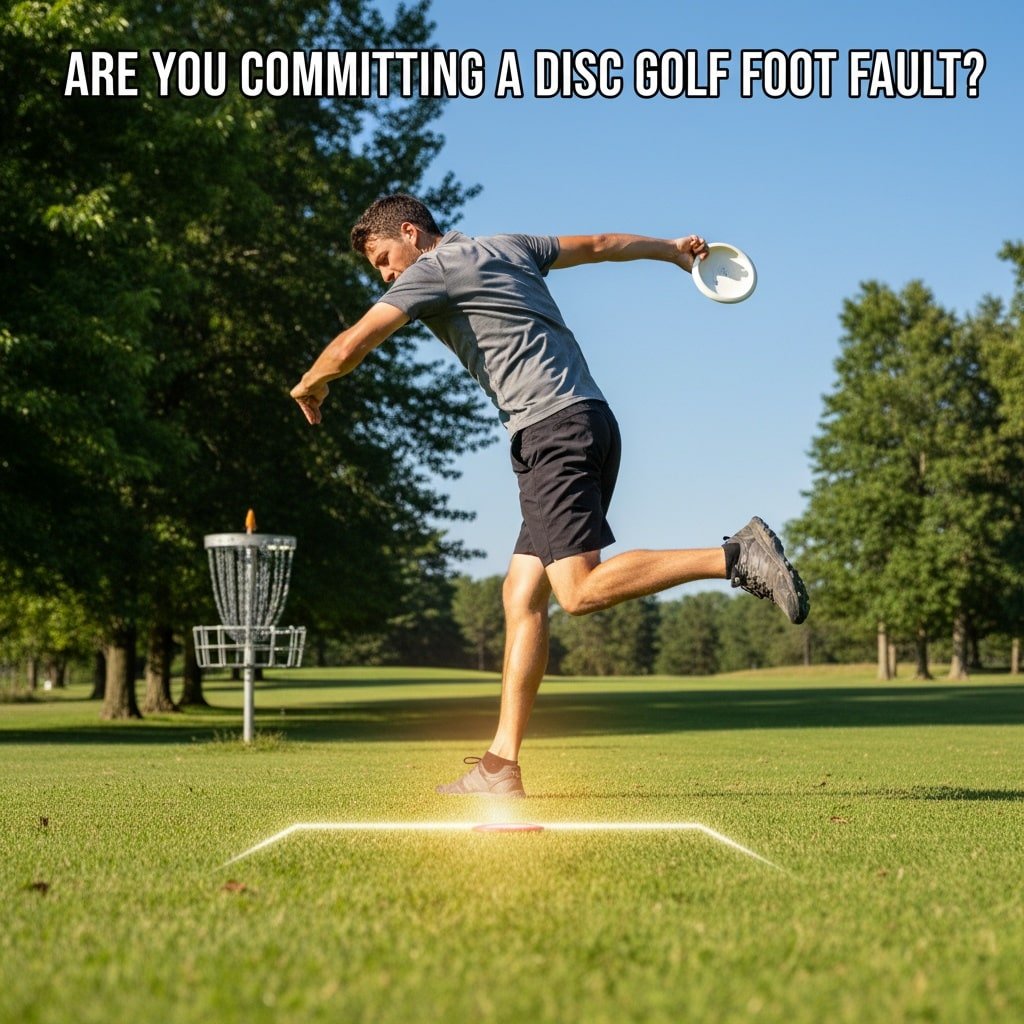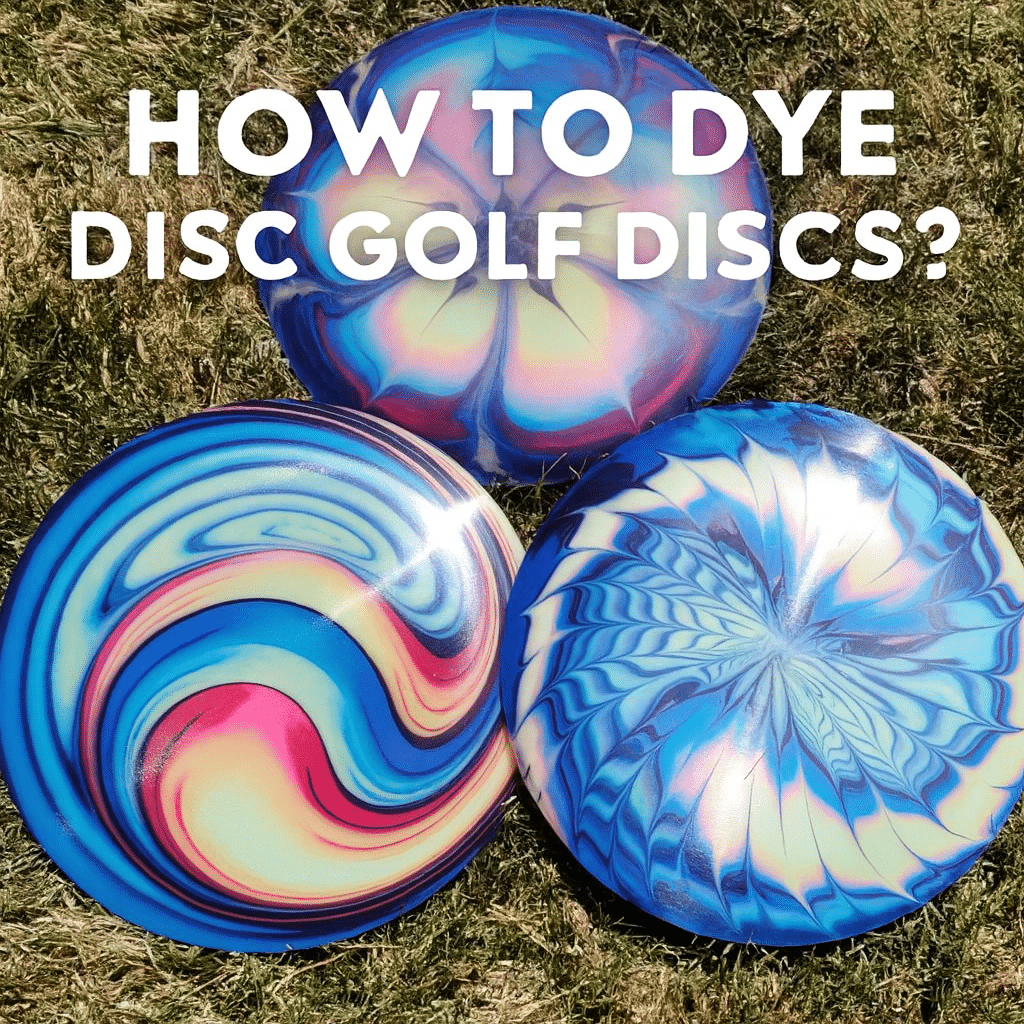
Rolling instead of shouldering your gear is a game-changer. If you play hilly layouts, grind through two-round tourneys, or just want a built-in seat, a cart can save your back and keep your setup tight. I’ve tested and borrowed a bunch of rigs over the past season, and below are the disc golf carts I keep recommending—what they do well, who they’re for, and a few tips so you pick the right one the first time.
Top Picks at a Glance
- Best Overall Workhorse: ZÜCA All-Terrain Cart — huge capacity, built-in seat, road-ready tires.
- Best for Backpack Users: ZÜCA Backpack Cart — drop your regular bag in and roll.
- Best Compact Push Cart: Rovic RV1D 1.0 — folds small, three-wheel stability, tons of add-ons.
- Best Budget “Convert Your Bag” Frame: Dynamic Discs EZ Cart — turn most backpacks into a cart.
- Sit-Anywhere Seat & Bag Frame Combo: GGGT GoCart — hinged seat, light aluminum, U.S.-made.
Dynamic Discs EZ Cart

If you like your backpack but want to roll it on cart-friendly courses, the DD EZ Cart is a smart, lighter-duty frame that converts most large backpacks into a rolling setup. It has a useful lower shelf for towels, chalk, or a retriever, and the big wheels handle roots and gravel better than you’d expect.
Specs & Features
- Sturdy frame with ~6″ storage shelf
- Fits most large disc golf backpacks
- ZÜCA-style tires with removable wheels
- Adjustable water bottle holders
- Sealed bearings for smooth roll
- 51″ telescoping handle
Dimensions: 26.52″ H × 24″ W × 16″ D (incl. wheels) | Weight: 10.6 lb
Why I Like It
- Easy conversion: Keep your backpack dialed—just mount and go.
- Space for extras: Shelf is clutch for layers and snacks.
- Value: Great entry point into cart life.
Best For
Players who want a budget-friendly, simple frame to roll their existing bag without switching systems.
GGGT GoCart Disc Golf Cart

The GGGT GoCart is a full frame with a hinged, cushioned seat that flips up for bag access. The 12.5″ wheels cruise over rough ground, and the aluminum build keeps weight reasonable while staying sturdy. If you like sitting at the tee or between backups, this seat is money.
Specs & Features
- All-in-one cart frame (no backpack straps needed)
- Manufactured in-house in the U.S.A.
- Durable, lightweight aluminum construction
- Comfortable hinged seat; flips to access bag
- 12.5″ wheels, backrest storage pockets, Velcro bag straps
Why I Like It
- Real seat comfort: Not just a perch—actually comfortable for waits.
- Solid mobility: Big wheels = less headache on roots and ruts.
- Built tough: U.S.-made aluminum frame feels ready for league grind.
Best For
Players who want an integrated seat and don’t want to swap between backpack and cart setups.
Not seeing this model in our store? Find current availability at Amazon.
ZÜCA All-Terrain Cart
 The ZÜCA All-Terrain is the tournament staple for a reason. It swallows 30+ discs plus layers, towels, retrievers, and umbrellas. The built-in seat holds up to 300 lb, and the removable insert bag makes cleaning and reconfiguring easy. If you grind B-tiers and want a bombproof hauler, this is it.
The ZÜCA All-Terrain is the tournament staple for a reason. It swallows 30+ discs plus layers, towels, retrievers, and umbrellas. The built-in seat holds up to 300 lb, and the removable insert bag makes cleaning and reconfiguring easy. If you grind B-tiers and want a bombproof hauler, this is it.
Specs & Features
- Seat & frame rated to 300 lb
- Removable insert bag for easy cleaning
- All-terrain tires with sealed bearings
- Gear platform for snacks & accessories
- Removable wheels; adjustable bottle holders
- 51″ telescoping handle
Dimensions: 23.5″ H × 22″ W × 19″ D (incl. wheels) | Weight: 13.5 lb
Why I Like It
- Capacity king: Bring backups for wind, rain, and the playoff.
- Reliable seat: Saves the legs between cards and backups.
- Proven durability: Mine’s taken seasons of abuse and keeps rolling.
Best For
Competitive players and gear-maximalists who want the most storage and a comfortable seat, every round.
Rovic RV1D 1.0 Disc Golf Cart
 Think golf push cart, tuned for discs. The Rovic RV1D 1.0 is a three-wheel push cart that folds compact, fits in small trunks, and works with almost any backpack. It’s super practical if you want rolling convenience but a minimal footprint at home or in the car.
Think golf push cart, tuned for discs. The Rovic RV1D 1.0 is a three-wheel push cart that folds compact, fits in small trunks, and works with almost any backpack. It’s super practical if you want rolling convenience but a minimal footprint at home or in the car.
Specs & Features
- Lightweight, quick-fold frame
- Works with any disc golf backpack
- Storage compartment for keys & wallet
- Water bottle holder, umbrella holder
- Hand brake to control hills
- Optional seat and cooler accessories
Why I Like It
- Small-car friendly: Folds down fast and flat.
- Stable push feel: Three wheels track straight on crushed gravel.
- Accessory ecosystem: Add what you need, skip what you don’t.
Best For
Players who want an easy push cart that pairs with their current bag and stores small between rounds.
ZÜCA Backpack Cart
 If you bounce between cart-friendly and hike-heavy courses, the ZÜCA Backpack Cart is the flexible middle ground: keep your regular backpack, drop it into the cart frame on cart days, and enjoy the same 300 lb seat rating and big-tire roll ZÜCA is known for.
If you bounce between cart-friendly and hike-heavy courses, the ZÜCA Backpack Cart is the flexible middle ground: keep your regular backpack, drop it into the cart frame on cart days, and enjoy the same 300 lb seat rating and big-tire roll ZÜCA is known for.
Specs & Features
- Frame & seat hold up to 300 lb
- Fits backpacks up to 9″ D × 12–14″ W × 19″ H
- All-terrain wheels with sealed bearings
- Removable wheels for transport
- Adjustable bottle holders
- 51″ telescoping handle
Dimensions: 24.5″ H × 22″ W × 14.5″ D (incl. wheels) | Weight: 13.5 lb
Why I Like It
- Zero repack time: The seat lifts and you access the top of your bag—done.
- Back saver: Same relief as the All-Terrain without rebuilding your loadout.
- Course-by-course flexibility: Backpack on wooded hikes, cart on open tourneys.
Best For
Backpack loyalists who want a seat and smoother rounds on cart-friendly layouts.
Comparison: Which Disc Golf Cart Fits Your Game?
| Model | Seat | Capacity / Fit | Foldability | Weight | Best For |
|---|---|---|---|---|---|
| Dynamic Discs EZ Cart | No fixed seat | Most large backpacks; lower shelf | Compact frame, wheels remove | 10.6 lb | Budget-friendly bag conversion |
| GGGT GoCart | Yes (hinged, cushioned) | Small–large bags w/ straps | Frame w/ large wheels | Light aluminum | Sit-anywhere convenience |
| ZÜCA All-Terrain | Yes (300 lb) | 30+ discs + layers + extras | Insert bag removable; wheels remove | 13.5 lb | Tournament capacity & durability |
| Rovic RV1D 1.0 | Optional add-on | Any backpack; accessory tray | Excellent (quick-fold) | Light | Small trunk / quick storage |
| ZÜCA Backpack Cart | Yes (300 lb) | Backpacks up to 9″×12–14″×19″ | Wheels remove; compact frame | 13.5 lb | Backpack lovers who want a cart |
How to Choose the Right Disc Golf Cart
1) Decide on a bag-in-cart vs. cart-as-bag
- Bag-in-cart: Keep your backpack and mount it (ZÜCA Backpack Cart, DD EZ Cart, Rovic). Faster to switch between courses.
- Cart-as-bag: The cart is your bag (ZÜCA All-Terrain, GoCart). Usually more storage and an integrated seat.
2) Think about terrain & transport
- Hilly / rough: Bigger wheels and a seat help (ZÜCA AT, GoCart).
- Small car / apartment: Prioritize fold size (Rovic) or removable wheels (ZÜCA, DD).
3) Seat matters more than you think
If your leagues or events have backups, a real seat saves energy late in the round. I used to shrug this off—until a windy B-tier taught me otherwise.
4) Storage you’ll actually use
Look for places to stash layers, towels, chalk, minis, retrievers, and two bottles. If you carry backups, make sure your cart can handle 25–30+ discs without feeling top-heavy.
FAQs
Do carts fit on every course?
Most cart-friendly layouts are fine, but super-rooty woods, stairs, and bridges can be awkward. If you regularly play tight, rocky trails, consider a Backpack Cart or Rovic for flexibility.
Will my backpack fit a ZÜCA Backpack Cart?
Measure it. You’ll want up to 9″ deep × 12–14″ wide × 19″ tall. If yours is smaller, that’s okay—strap it tight so it won’t shift.
Is the ZÜCA seat actually strong?
Yes—the frame and seat are rated to 300 lb. I’ve sat through long backups without any flex or wobble.
What’s the easiest first cart?
If you love your current backpack, start with the DD EZ Cart or ZÜCA Backpack Cart. If you want a full cart-as-bag experience, go ZÜCA All-Terrain.
Recommended Accessories
- Seat / cushion: For ZÜCA, note that the Dynamic Discs Backpack Cart Seat Cushion is the compatible option for the Backpack Cart.
- Umbrella + holder: A lifesaver during mid-round showers.
- Towel & chalk bag: Keep the grip consistent in any weather.
- Retrievers: Mountable and easy to grab from the lower shelf/gear platform.
Final Take
If you want the most storage and a true tournament seat, the ZÜCA All-Terrain is the easy pick. If you need flexibility, the ZÜCA Backpack Cart gives you cart comfort without abandoning your favorite bag. For compact cars or minimal storage, the Rovic RV1D folds down small and just works. On a tighter budget, the Dynamic Discs EZ Cart is a sneaky-good entry point. And if you want a comfy hinged seat with a simple frame, the GGGT GoCart is worth a look.
Whatever you choose, a good cart makes long days feel short—and your back will thank you by hole 15.

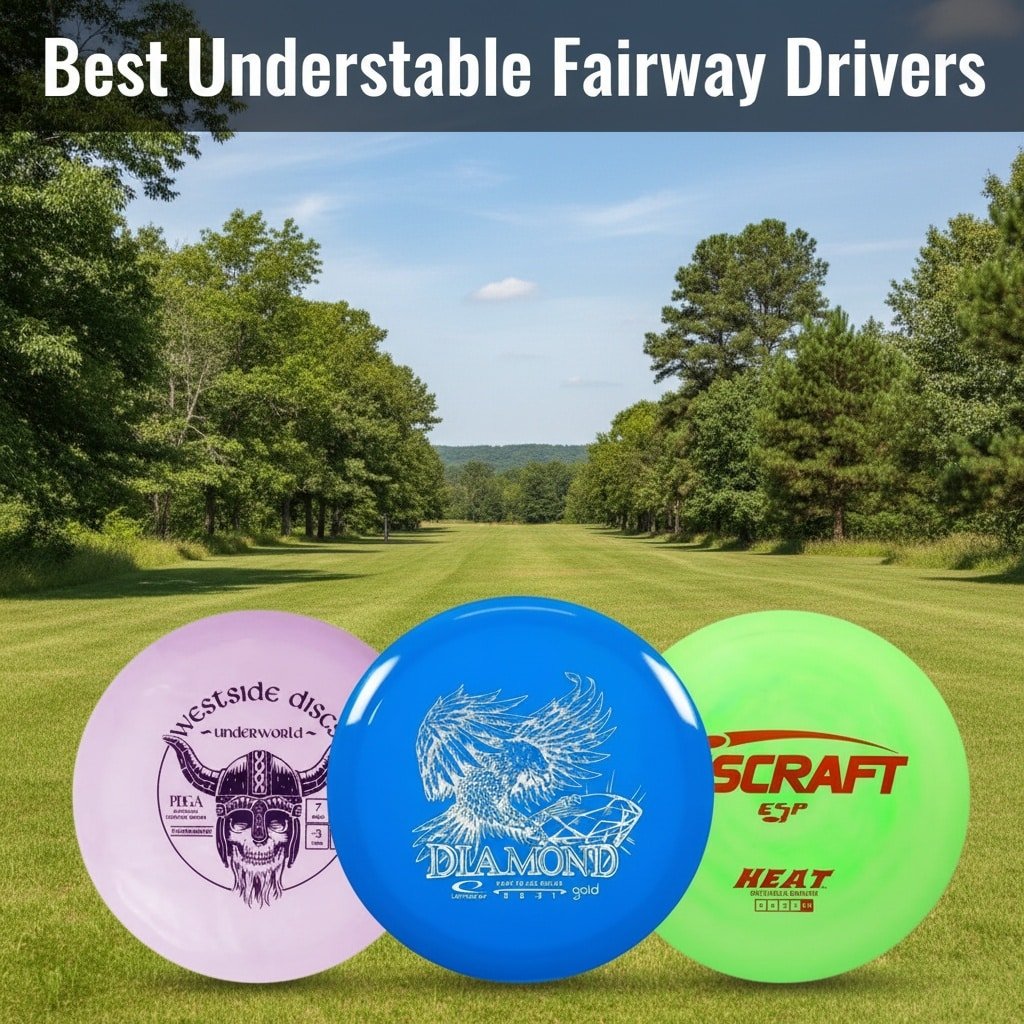
 In my bag right now, the
In my bag right now, the  This is a glide monster. The
This is a glide monster. The  This one feels like a cheat code for low-effort turn. The
This one feels like a cheat code for low-effort turn. The 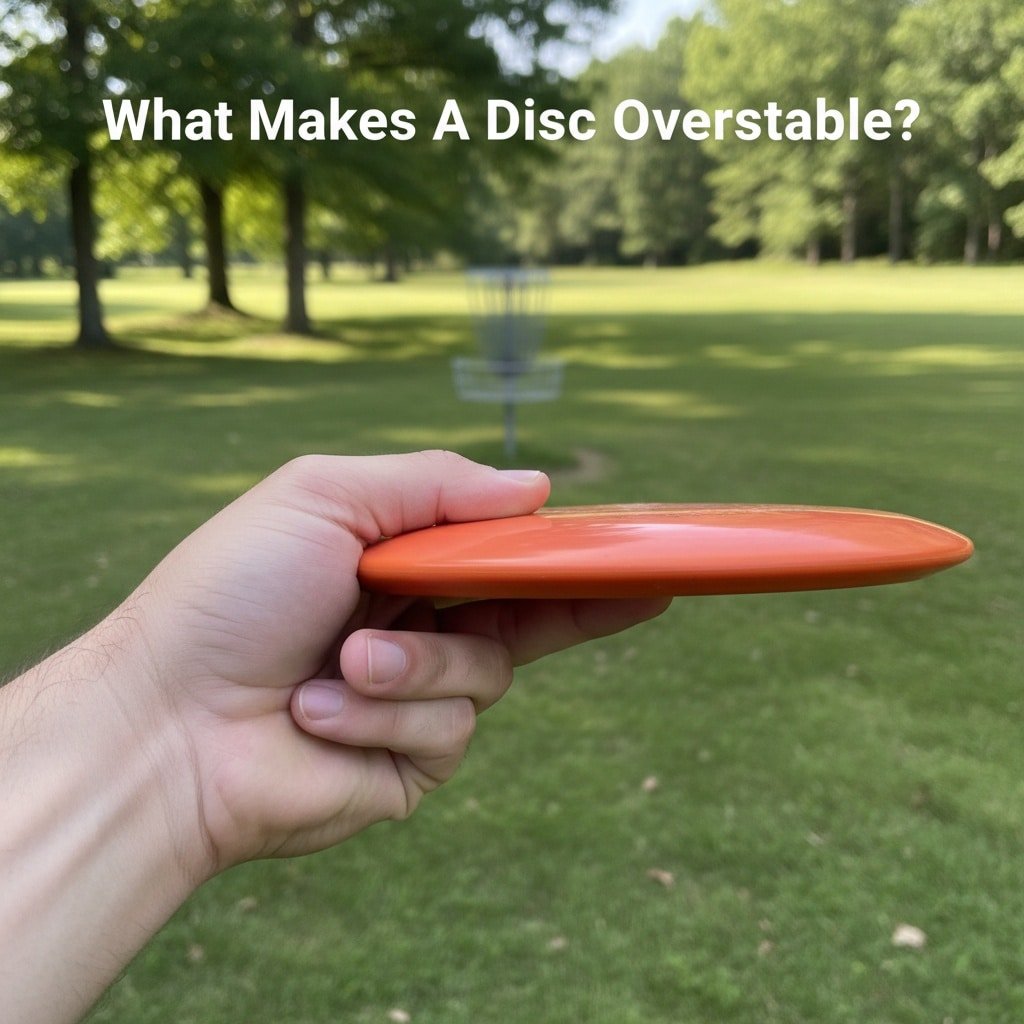






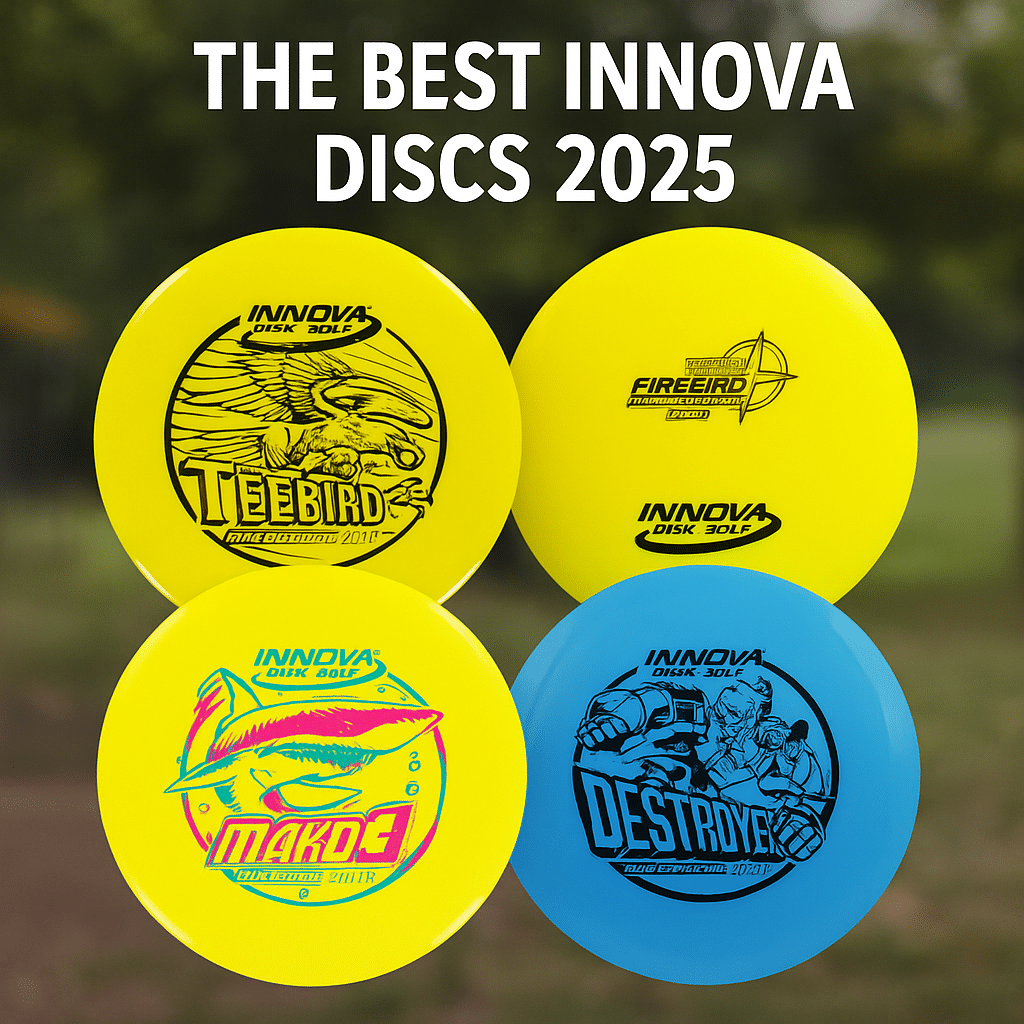




 The
The  The
The  The
The 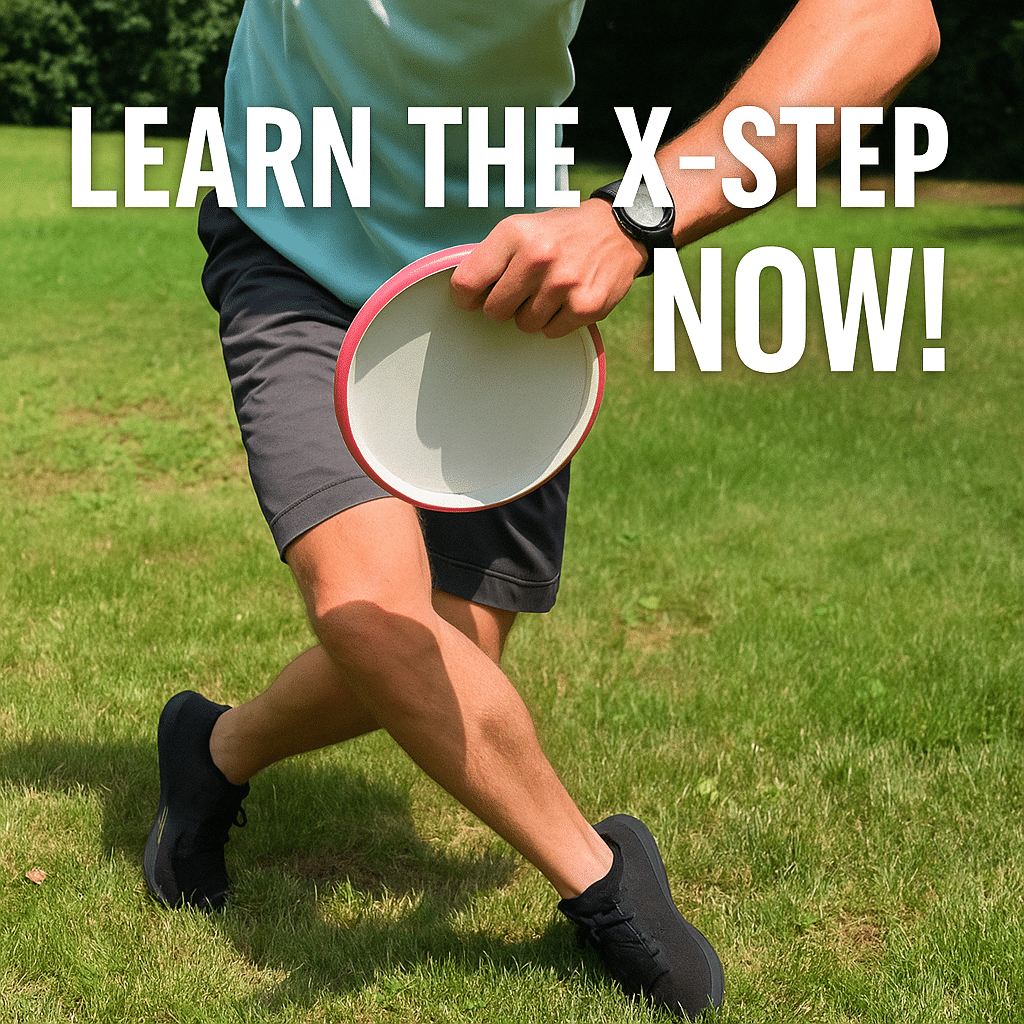

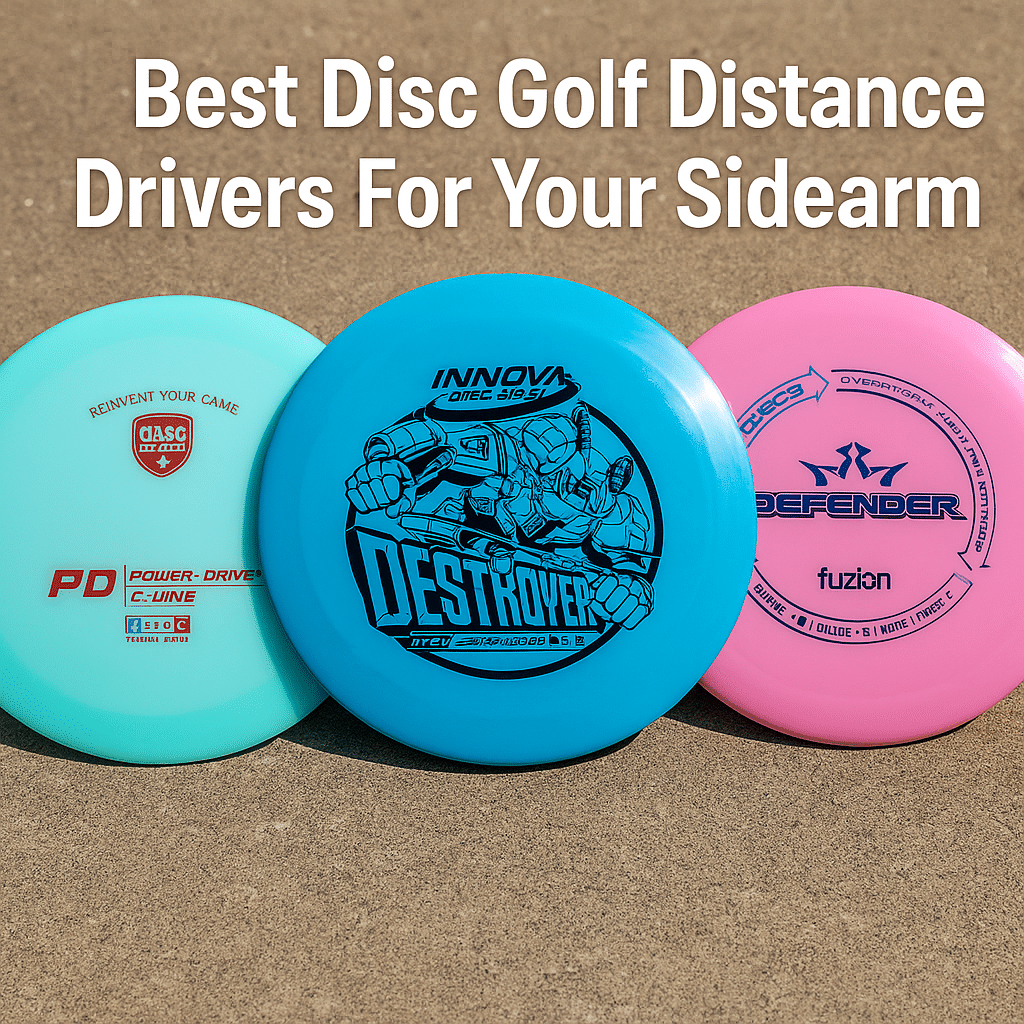
 The
The 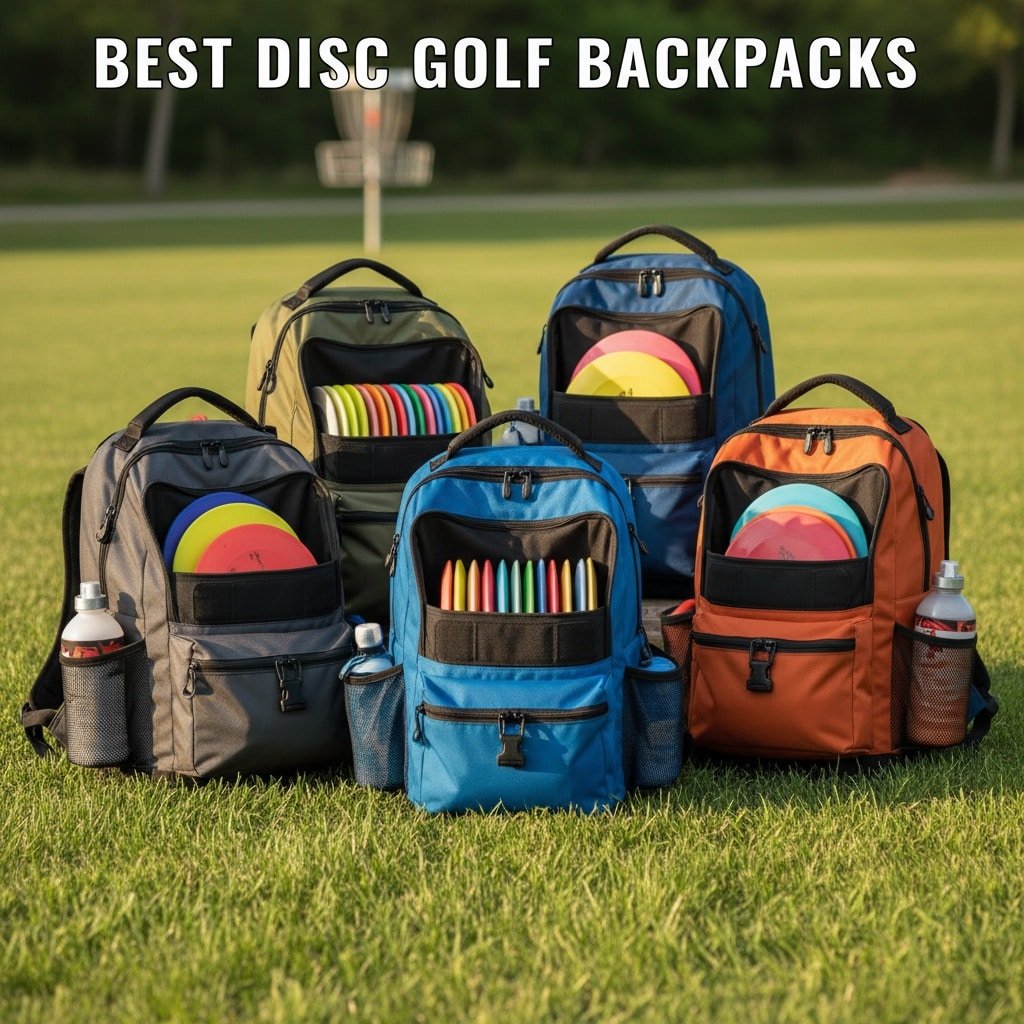
 The
The  If you want a backpack that balances storage, comfort, and style, the
If you want a backpack that balances storage, comfort, and style, the  The
The  For players looking for a spacious yet affordable option, the
For players looking for a spacious yet affordable option, the  The
The  If you want a high-end tournament bag, the
If you want a high-end tournament bag, the  The
The 